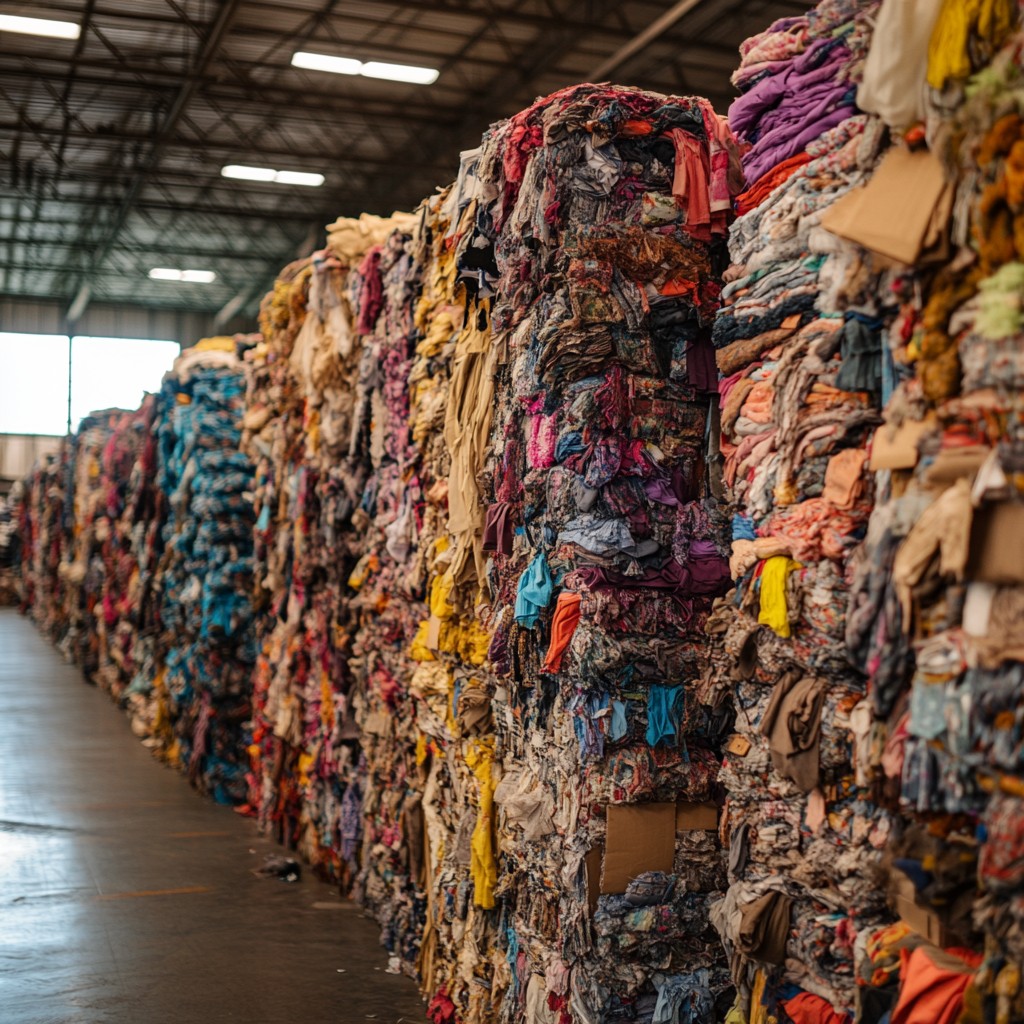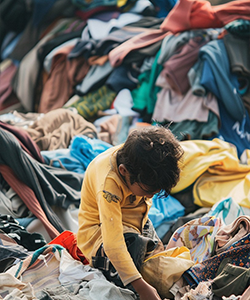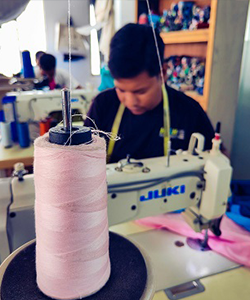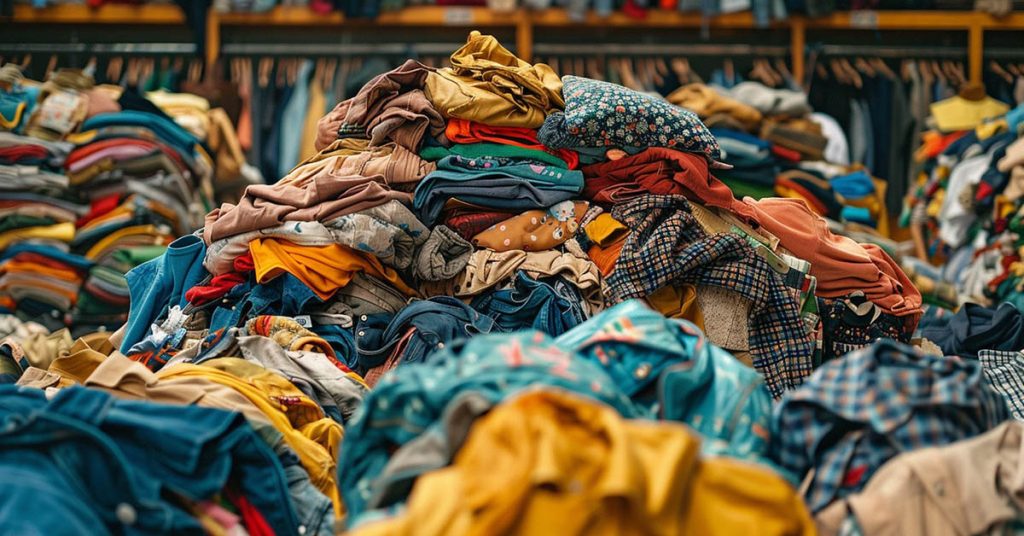Overproduction in textile industry
What are the top 5 problems we are facing and their possible solutions

Hyper production in the textile industry, characterized by excessive output often driven by consumer demand and market trends, presents a significant challenge to both the environment and society. Currently, there are more than 150 billion garments produced every year, and predictions are that this number will double by 2030. This is even more worrying when you consider that anywhere between 10% to 20% of garment pieces end up not being sold on the market and go straight to waste. That is why we need to address top 5 problems associated with this phenomenon and its potential solutions:
Environmental impact
Resource depletion. Excessive production leads to rapid depletion of natural resources, including water, energy, and raw materials.
Pollution. Textile manufacturing processes often involve the use of harmful chemicals, dyes, and finishes that contribute to water pollution, air pollution, and soil contamination.
Waste generation. The large volumes of textile waste produced can overwhelm landfills and contribute to environmental degradation.

POTENTIAL SOLUTIONS:
- Sustainable sourcing. Prioritizing sustainable materials like organic cotton, recycled fibers, and eco-friendly dyes.
- Efficient resource management. Implementing water-saving technologies, energy-efficient equipment, and waste reduction strategies.
- Circular economy.
"Promoting a circular economy model, where textiles are recycled and reused, can help reduce waste and conserve resources."
Social Issues
Worker exploitation. Hyper production often drives a demand for cheap labor, which can lead to poor working conditions, low wages, and long hours for textile workers.
Child labour. In some regions, child labor is prevalent in the textile industry, contributing to social and economic disparities.
POTENTIAL SOLUTIONS:
- Ethical sourcing. Ensuring that textiles are sourced from suppliers that adhere to fair labor practices and ethical standards.
- Consumer awareness. Educating consumers about the social implications of their purchasing choices can encourage them to support brands that prioritize fair labor practices.
Quality Concerns
Lower quality. The emphasis on quantity over quality can lead to the production of inferior products that may not meet customer expectations.
Short lifespan. Fast fashion trends often result in the production of clothing with short lifespans, contributing to waste and consumer dissatisfaction.

"The emphasis on quantity over quality can lead to the production of inferior products that may not meet customer expectations.“
POTENTIAL SOLUTIONS:
- Focus on durability. Encouraging the production of high-quality, durable clothing.
- Timeless designs. Prioritizing timeless designs that can be worn for multiple seasons.
Market Saturation
Overproduction. Excessive production can lead to market saturation, resulting in excess inventory and price deflation.
Reduced Profitability. Overproduction can negatively impact the profitability of textile businesses, leading to job losses and economic instability.

POTENTIAL SOLUTIONS:
- Demand forecasting. Improving demand forecasting and inventory management.
- Product Diversification: Offering a wider range of products can help reduce reliance on a single market segment.
- Collaboration. Collaboration between industry players can help coordinate production and reduce excess inventory.

Consumerism and Waste
Excessive consumption. Hyper production often fuels consumerism, leading to excessive consumption and waste.
Environmental impact. The consumption of disposable fashion items contributes to environmental degradation and resource depletion.
POTENTIAL SOLUTIONS:
- Sustainable consumption. Promoting sustainable consumption habits, such as buying less, repairing more, and choosing high-quality, durable items.
- Education and awareness. Raising awareness about the environmental and social consequences of excessive consumption.
- Government policies. Implementing policies that promote sustainable consumption and waste reduction.

